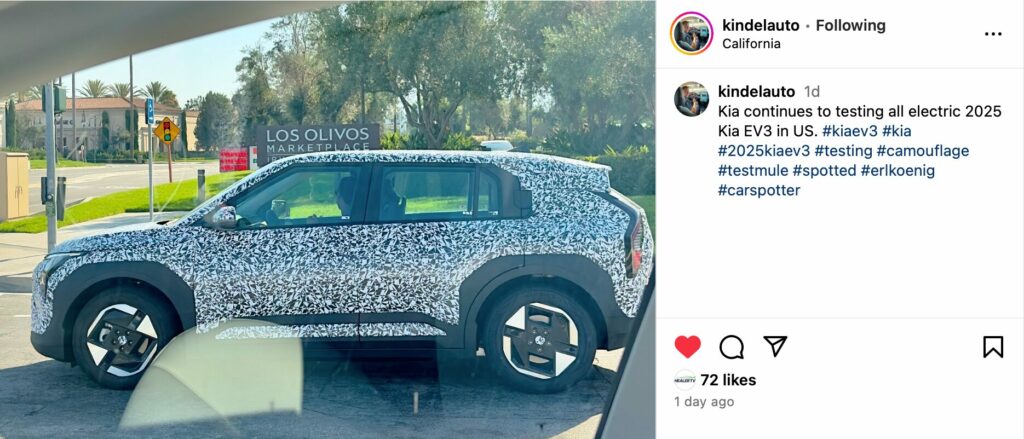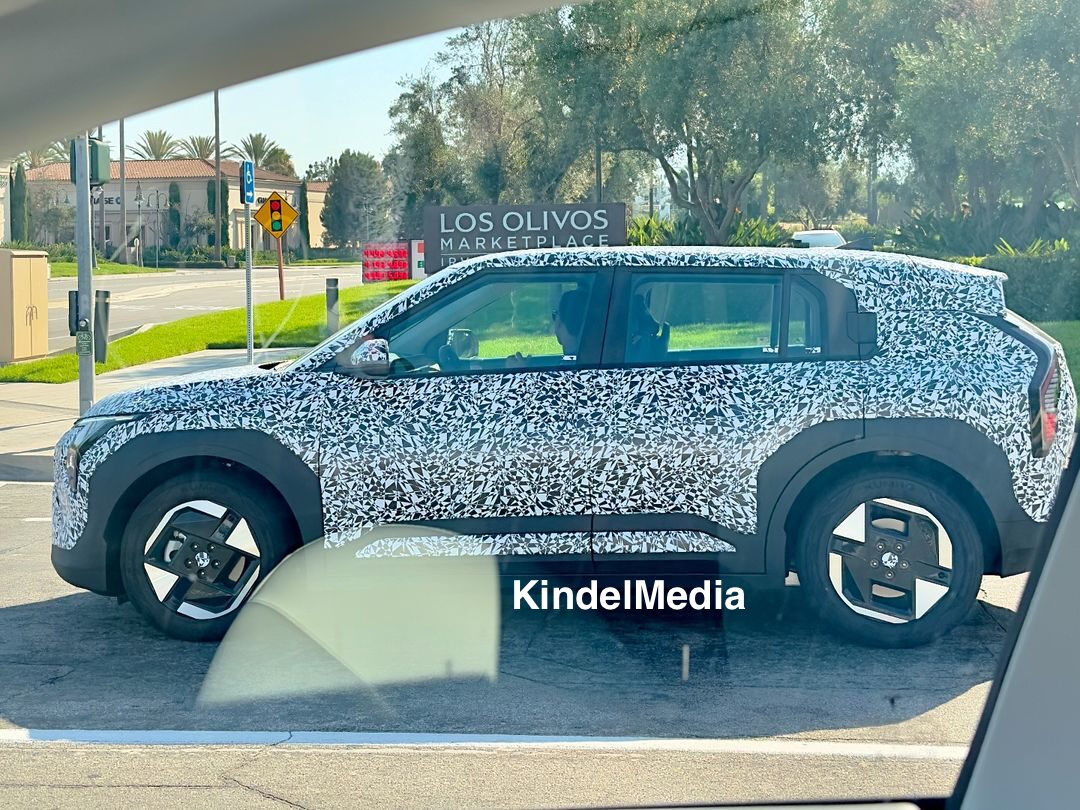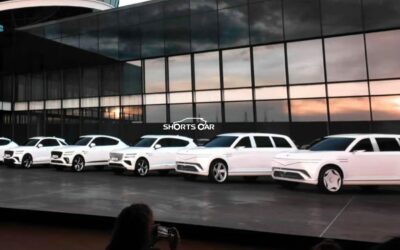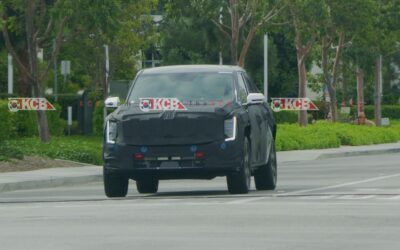Kia continues testing its new electric vehicle, the EV3, for the North American market as it was captured by our colleagues at KindelMedia. It is expected to be released at the beginning of 2025 and to be produced at Kia’s Mexico Plant.
Development and Production Plans
Kia is developing a distinct North American model of the EV3, separate from its domestic version. This North American variant, known by the project name SVm, will begin testing later this year, with mass production expected for the fourth quarter of 2024 at Kia’s Monterey factory in Mexico. This facility, established in September 2016, currently boasts an annual production capacity of 400,000 units, now with the updated K4 & K4 hatch.
The production target for the EV3 for the North American market is set at 110,000 units annually. This figure surpasses the 100,000-unit target at the Gwangmyeong plant in Korea, highlighting Kia’s commitment to the North American market. It is expected that the EV3 produced in Mexico will be exclusively for North American markets, while the Korean-manufactured EV3 will serve Korea and Europe.
Strategic Advantages of Mexican Production
If Kia chooses the Mexican factory as the production hub for the North American EV3 is strategic, it can avoid paying customs duties on vehicles exported to North America. Additionally, Mexico’s lower labor costs compared to the United States and Canada provide a significant cost advantage.
This strategic positioning is crucial in overcoming North America’s increasingly stringent trade barriers, such as those imposed by the IRA. The EV3, an entry-level electric vehicle based on Kia’s E-GMP platform, aims to be competitively priced, making it an attractive option for the price-sensitive North American market.

EV3 Specifications and Market Impact
The EV3 will be offered in two variants: a long-range model with an 81.4 kWh battery providing a range of 501 km, and a standard model with a 58.3 kWh battery offering a range of 350 km. While the exact specifications and pricing for the North American model are yet to be determined, the production in Mexico is expected to help lower vehicle costs, enhancing Kia’s ability to compete in the U.S. market.
However, the success of the EV3 in the U.S. may hinge on the availability of local subsidies. Without these subsidies, Kia could face challenges in increasing its market share in the highly competitive U.S. EV market. The increased production target in Mexico indicates Kia’s strategy to boost local sales by taking advantage of potential subsidies.
Industry Trends and Future Outlook
Kia’s move to produce the EV3 in Mexico is in line with broader industry trends. Major automakers like General Motors (GM) and BMW are also expanding their electric vehicle production in Mexico. This trend is driven by the need to navigate complex trade regulations and reduce labor costs, making Mexico an increasingly important production hub for electric vehicles.
An industry official noted, “The importance of production in North America is increasing due to various trade regulations in the United States. It is expected that the number of global finished vehicles investing in electric vehicles in Mexico will increase in the future.”
In conclusion, if the EV3 is finally made in Mexico, it will be a strategic response to the U.S. Inflation Reduction Act and other trade barriers. By leveraging Mexico’s trade agreements and lower labor costs, Kia could enhance its competitiveness in the North American EV market, positioning the EV3 as a key model in its global expansion strategy.





